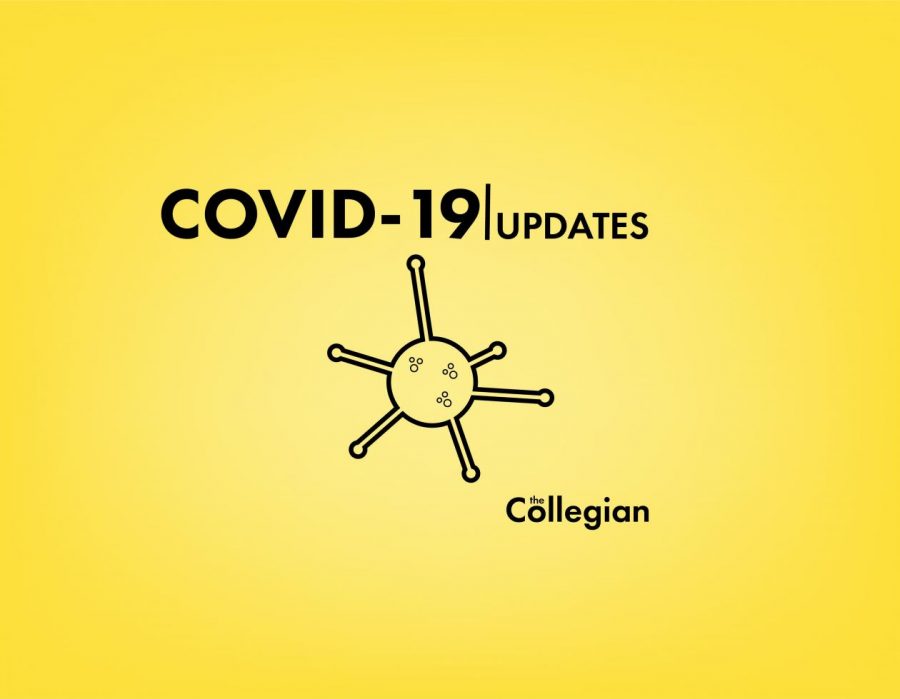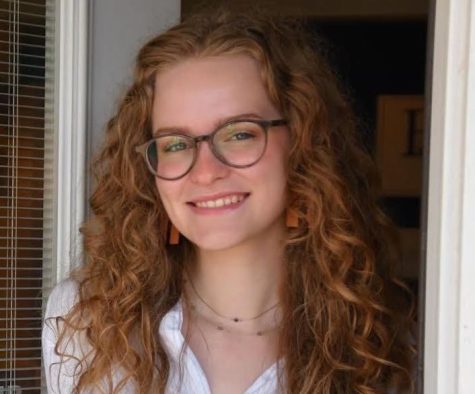Back-to-normal: Officials reveal plan to reopen South Dakota
April 28, 2020
During her April 28 press briefing, South Dakota Gov. Kristi Noem announced the state’s back-to-normal plan.
The governor stated that South Dakota is best able to function when the people are in charge. The back-to-normal plan lays out in detail what businesses, hospitals and civilians should start doing in an attempt to continue with normal life.
Noem wanted to stress that it is up to the people of South Dakota to be a part of the solution and still use common sense.
“The people of South Dakota are the source of the power and the legitimacy of our government. Not media. Not the politicians. Not political parties,” Noem said.
Noem’s plan leaves the decision making up to the people of South Dakota.
State Epidemiologist Josh Clayton announced that the number of hospital beds has been reduced yet again. April 15, projections showed the need for 2,500 beds and 1,300 ventilators. Today, only 2,200 beds and 600 ventilators are projected to be needed.
Clayton attributes the decline beds to the shortened hospital stay positive patients have. What was once a seven-day stay is now at six days.
However, with the decrease in hospital beds comes an extended peak infection date. Still in the middle of June, the date has been pushed back by a few days.
As the trajectory of COVID-19 develops, South Dakota Secretary of Health Kim Malsam-Rysdon stated that South Dakota wants to continue testing individuals with symptoms, isolate positive people and notify people’s close contacts.
“We want to put COVID in a box. That lets the rest of us be outside of that box and continue to live our lives,” Malsam-Rysdon said.
Malsam-Rysdon also introduced the three-tiered plan for healthcare facilities and testing capabilities embedded within the state’s back-to-normal plan.
Tier 1:
Develop diversified testing capabilities in public health and clinical labs; advocate for supplies; including positive testing and antibody testing
Tier 2:
Support smaller facilities with Abbot ID Now instruments; leverage commercial laboratories to fill unmet needs or gaps
Tier 3:
Support mass testing events that target at-risk, vulnerable populations, including use of public health mobile laboratory
Laboratories are also starting to do antibody tests. These are tests for people who had COVID-19 and have since recovered. The purpose of antibody tests is to see if there is any immunity to the virus the patient might possess.
Malsam-Rysdon announced that currently, the state has the ability to test 3,000 people a day. This number will soon rise to 5,000.
Noem added the number of people that are being tested is reliant on doctors and health care providers that recommend testing to symptomatic individuals.
According to Malsam-Rysdon, testing is free of charge to individuals with insurance. There are federal agencies and programs set up that will reimburse and cover the cost of tests for those uninsured.
Malsam-Rysdon announced that eventually, COVID-19 tests will be as available as a flu shot.
“You can walk into a lot of pharmacies, you can get testing in a lot of different locations for influenza. COVID testing will be like that in the future too,” Malsam-Rysdon said.
With the new plan to return the state to normal, Gov. Noem still urges people to continue mitigation efforts. Individuals should still wash hands with soap, stay home if they are sick and keep in contact with their doctors.
The governor encouraged employers to maintain health and safety efforts in their stores. Gov. Noem also announced that schools will have the jurisdiction to bring students back to school for brief, in-person meetings with teachers to check in with them.
“We are dealing with a very unpredictable virus,” Noem said. “If we see clusters, if we see hotspots in the state, I am still prepared to take action county by county to put in mitigation measures that may be necessary to slow down the spread.”

























